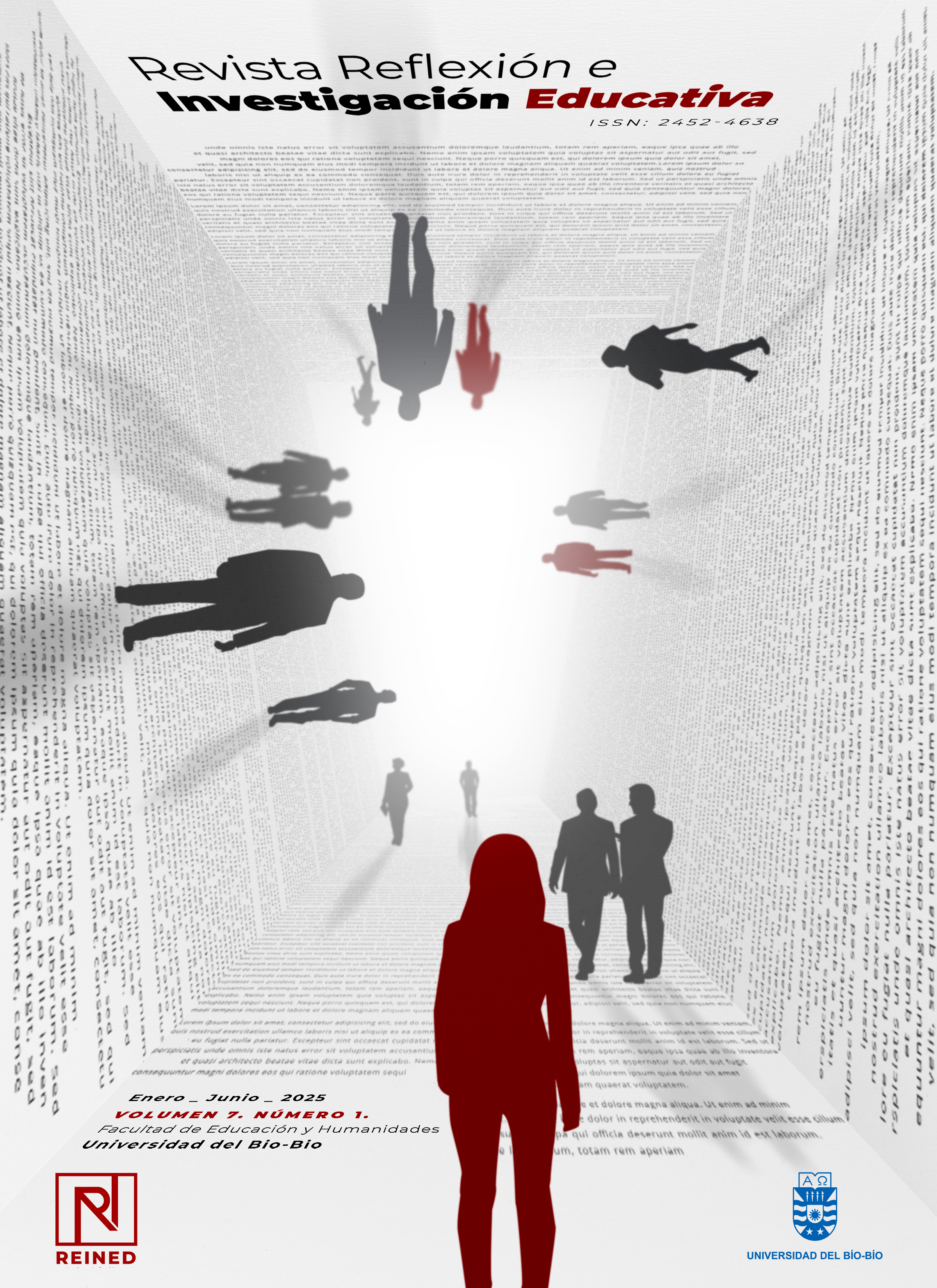WHYS AND WAYS GROUP ACTIVITIES CAN BE USED IN ENVIRONMENTAL EDUCATION
Main Article Content
Abstract
Earlier this century, a group of Southeast Asian educators produced an “English via Environmental Education” textbook for undergraduates at universities in Indonesia, an emerging economy. Now, taking into account the important role of digital learning and the ever-worsening climate crisis, the book has been revised and is being made available for free online to increase its use throughout Indonesia and internationally. The present article uses the book's activities as a model for why and how to integrate student-student interaction in environmental education (EE). Despite challenges, including unequal learning opportunities, peer dependency, time constraints, difficulties in individual assessment, and competitive academic cultures; the textbook illustrates that cooperation, whether on a small or large scale, makes a meaningful difference. The article advocates for the implementation of cooperative learning activities in EE to empower students as agents of change in building a more sustainable world and future for all.
Article Details
References
Abbott, G. (1989). Approaches to English teaching. In G. Abbott & P. Wingard (Eds.), The teaching of English as an international language: A practical guide. Collins.
Aronson, E., & Aronson, J. (2018). The social animal (12th ed.). Worth Publishers, Macmillan Learning.
Casta, J. S., & Hufana, E. R. (2016). Language functions in ESL textbooks. TESOL International Journal, 11(1), 65–80.
Farzaneh, N., & Nejadansari, D. (2014). Students’ attitude towards using cooperative learning for teaching reading comprehension. Theory and Practice in Language Studies, 4(2), 287–292. https://doi.org/10.4304/tpls.4.2.287-292 DOI: https://doi.org/10.4304/tpls.4.2.287-292
Galindo-Dominguez, H. (2021). Flipped classroom in the educational system. Educational Technology & Society, 24(3), 44–60. https://www.jstor.org/stable/27032855
Harari, Y. N. (2015). Sapiens: A brief history of humankind (J. Purcell & H. Watzman, Trans.). Vintage Books.
Haskell, D. G. (2012). The forest unseen: A year’s watch in nature. Viking.
Hsiung, C. (2012). The Effectiveness of Cooperative Learning. Journal of Engineering Education, 101(1), 119–137. https://doi.org/10.1002/j.2168-9830.2012.tb00044.x DOI: https://doi.org/10.1002/j.2168-9830.2012.tb00044.x
Johnson, D. W., & Johnson, R. T. (2009). An educational psychology success story: Social interdependence theory and cooperative learning. Educational Researcher, 38(5), 365–379. https://doi.org/10.3102/0013189X09339057 DOI: https://doi.org/10.3102/0013189X09339057
Keramati, M. R., & Gillies, R. M. (2021). Advantages and challenges of cooperative learning in two different cultures. Education Sciences, 12(1), 3. https://doi.org/10.3390/educsci12010003 DOI: https://doi.org/10.3390/educsci12010003
Kimmerer, R. W. (2013). Braiding sweetgrass: Indigenous wisdom, scientific knowledge and the teachings of plants. Milkweed Editions.
Krashen, S. D. (1989). The input hypothesis: Issues and implications (1st ed.). Longman.
Lie, A., Amy, S., Chau, M. H., & Jacobs, G. M. (Eds.). (in press). English via environmental education (2nd ed.). Peachey Publications.
Lim, S., Reidak, J., Chau, M. H., Zhu, C., Guo, Q., Brooks, T. A., Roe, J., & Jacobs, G. M. (2023). Cooperative learning and the sustainable development goals. Peachey Publications Ltd.
Long, M. H. (1981). Input, interaction, and second‐language acquisition. Annals of the New York Academy of Sciences, 379(1), 259–278. https://doi.org/10.1111/j.1749-6632.1981.tb42014.x DOI: https://doi.org/10.1111/j.1749-6632.1981.tb42014.x
Maslow, A., & Lewis, K. J. (1987). Maslow’s hierarchy of needs. Salenger Incorporated, 14(17), 987–990. https://www.researchgate.net/publication/383241976_Maslow's_Hierarchy_of_Needs
Maximino, C., & Soares, M. (2021). Cooperation in animals, and what it tells us about scientists. Science for the People Magazine, 24(3). https://magazine.scienceforthepeople.org/vol24-3-cooperation/cooperation-in-animals/
McCafferty, S. G., Jacobs, G. M., & DaSilva Iddings, A. C. (Eds.). (2006). Cooperative learning and second language teaching (1st ed.). Cambridge University Press.
Mendo-Lázaro, S., León-del-Barco, B., Felipe-Castaño, E., Polo-del-Río, M.-I., & Iglesias-Gallego, D. (2018). Cooperative team learning and the development of social skills in higher education: The variables involved. Frontiers in Psychology, 9, 1536. https://doi.org/10.3389/fpsyg.2018.01536 DOI: https://doi.org/10.3389/fpsyg.2018.01536
Ooi, S. X., & Cortina, K. S. (2023). Cooperative and competitive school climate: Their impact on sense of belonging across cultures. Frontiers in Education, 8, 1113996. https://doi.org/10.3389/feduc.2023.1113996 DOI: https://doi.org/10.3389/feduc.2023.1113996
Pappas, S. (2023, May 1). Do trees really support each other through a network of fungi? Scientific American. https://www.scientificamerican.com/article/do-trees-support-each-other-through-a-network-of-fungi/
Steffen, W., Grinevald, J., Crutzen, P., & McNeill, J. (2011). The anthropocene: Conceptual and historical perspectives. Philosophical Transactions of the Royal Society A: Mathematical, Physical and Engineering Sciences, 369(1938), 842–867. https://doi.org/10.1098/rsta.2010.0327 DOI: https://doi.org/10.1098/rsta.2010.0327
Vygotsky, L. S. (1978). Mind in society: Development of higher psychological processes (M. Cole, V. Jolm-Steiner, S. Scribner, & E. Souberman, Eds.). Harvard University Press. https://doi.org/10.2307/j.ctvjf9vz4 DOI: https://doi.org/10.2307/j.ctvjf9vz4
Webb, N. M., Franke, M. L., De, T., Chan, A. G., Freund, D., Shein, P., & Melkonian, D. K. (2009). ‘Explain to your partner’: Teachers’ instructional practices and students’ dialogue in small groups. Cambridge Journal of Education, 39(1), 49–70. https://doi.org/10.1080/03057640802701986 DOI: https://doi.org/10.1080/03057640802701986

